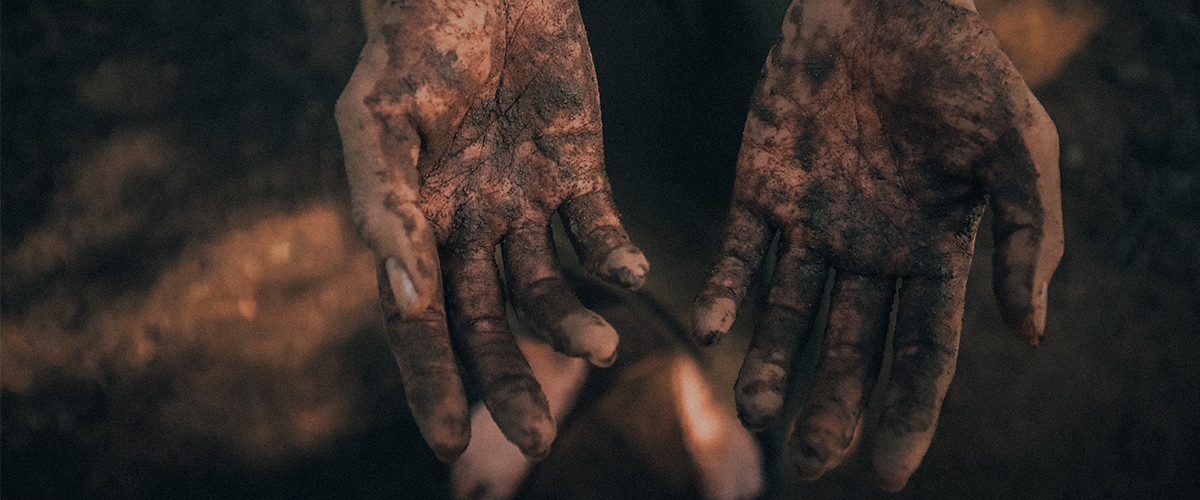
New UBC research shows for the first time that soil silicates—the most abundant material on the Earth’s crust—play a key role in blood clotting.

Dr. Christian Kastrup
“Soil is not simply our matrix for growing food and for building materials. Here we discovered that soil can actually help control bleeding after injury by triggering clotting,” says the study’s senior author Dr. Christian Kastrup, associate professor in the faculty of medicine’s department of biochemistry and molecular biology and a scientist in UBC’s Michael Smith Laboratories and Centre for Blood Research.
The study, published today in Blood Advances, found that the presence of soil in wounds helps activate a blood protein, known as coagulation Factor XII. Once activated, the protein kicks off a rapid chain reaction that helps leads to the formation of a plug, sealing the wound and limiting blood loss.
While the researchers caution that there is a high risk of infection from unsterilized dirt, they say their findings may have implications for the future development of novel strategies using sterilized dirt to help manage bleeding and potentially understand infection after trauma.
“Excessive bleeding is responsible for up to 40 per cent of mortality in trauma patients. In extreme cases and in remote areas without access to healthcare and wound sealing products, like sponges and sealants, sterilized soil could potentially be used to stem deadly bleeding following injuries,” says Dr. Kastrup.
“Soil is not simply our matrix for growing food and for building materials. Here we discovered that soil can actually help control bleeding after injury by triggering clotting.”
Dr. Christian Kastrup

Lih Jiin Juang
The study also uncovered that the mechanism by which soil silicates activate Factor XII and promote faster clotting is unique to terrestrial mammals, or those that live predominantly or entirely on land.
“This finding demonstrates how terrestrial mammals, ranging from mice to humans, evolved to naturally use silicates as a specific signal to Factor XII to trigger blood clotting,” says Lih Jiin Juang, the study’s first author and UBC PhD student in the department of biochemistry and molecular biology. “These results will have a profound impact on the way we view our relationship with our environment.”
The scientists’ next plan includes testing if the response of blood to silicates helps prevent infection from microbes in soil. They will also look to test if silicates from the moon’s surface are able to active Factor XII and stop bleeding.
“If moon silicates activate Factor XII, this discovery could prove useful in preventing death among people visiting or colonizing the moon, and it would provide further insight to identifying materials that may halt bleeding in very remote environments with limited resources and medical supplies,” says Dr. Kastrup.